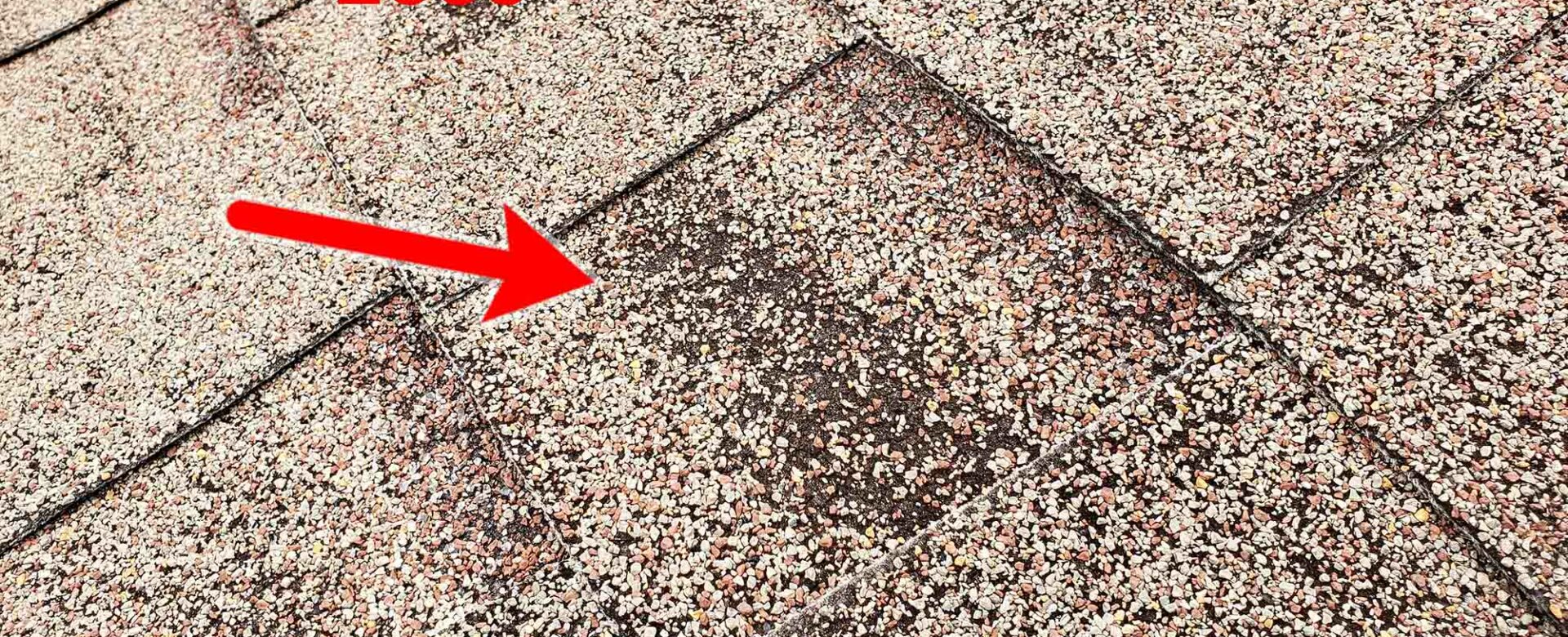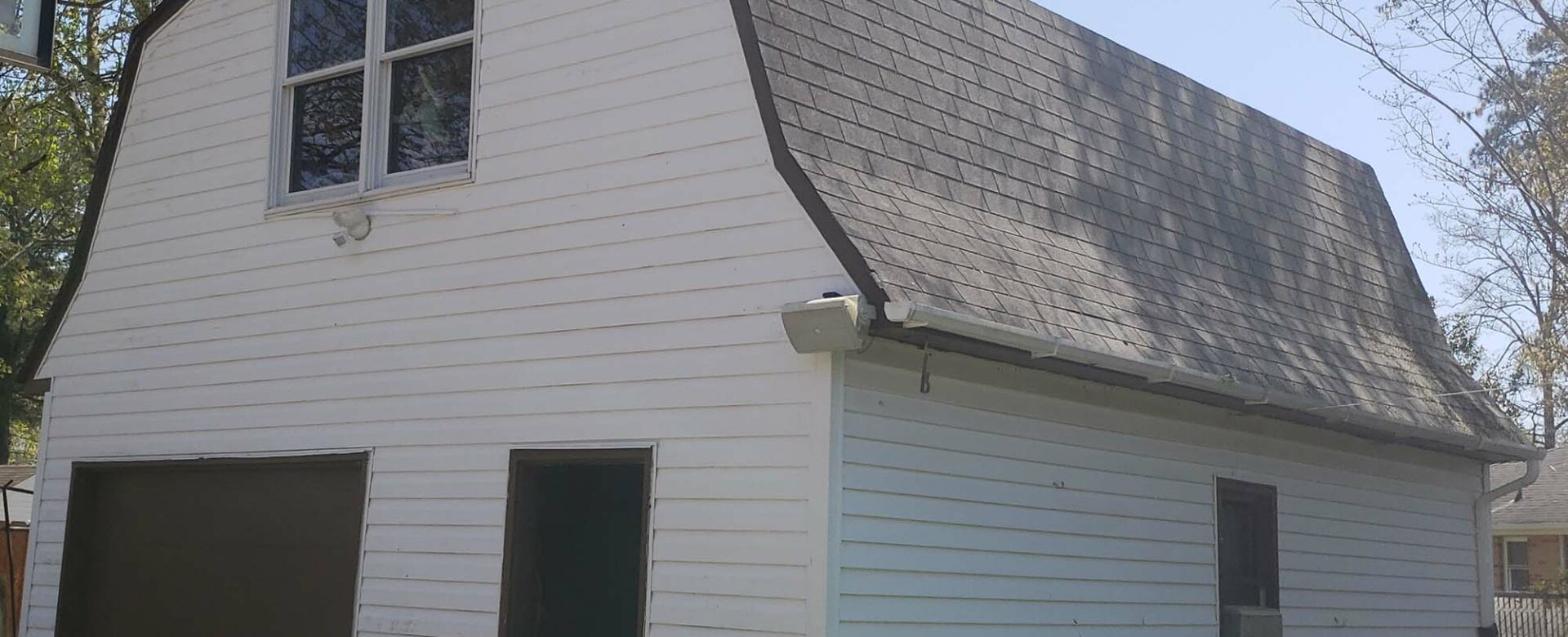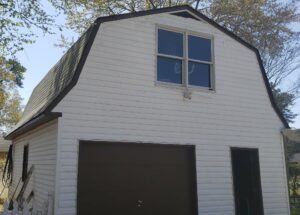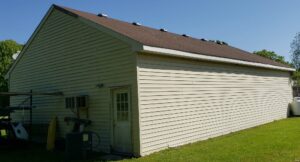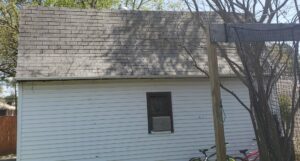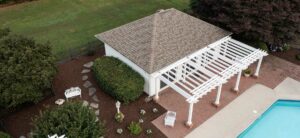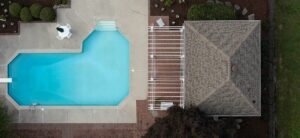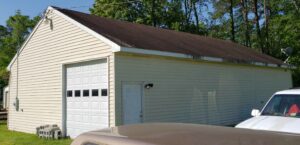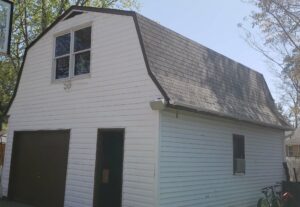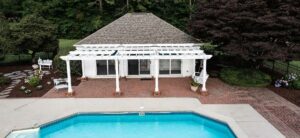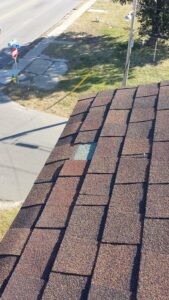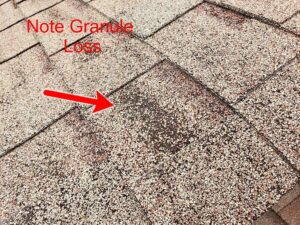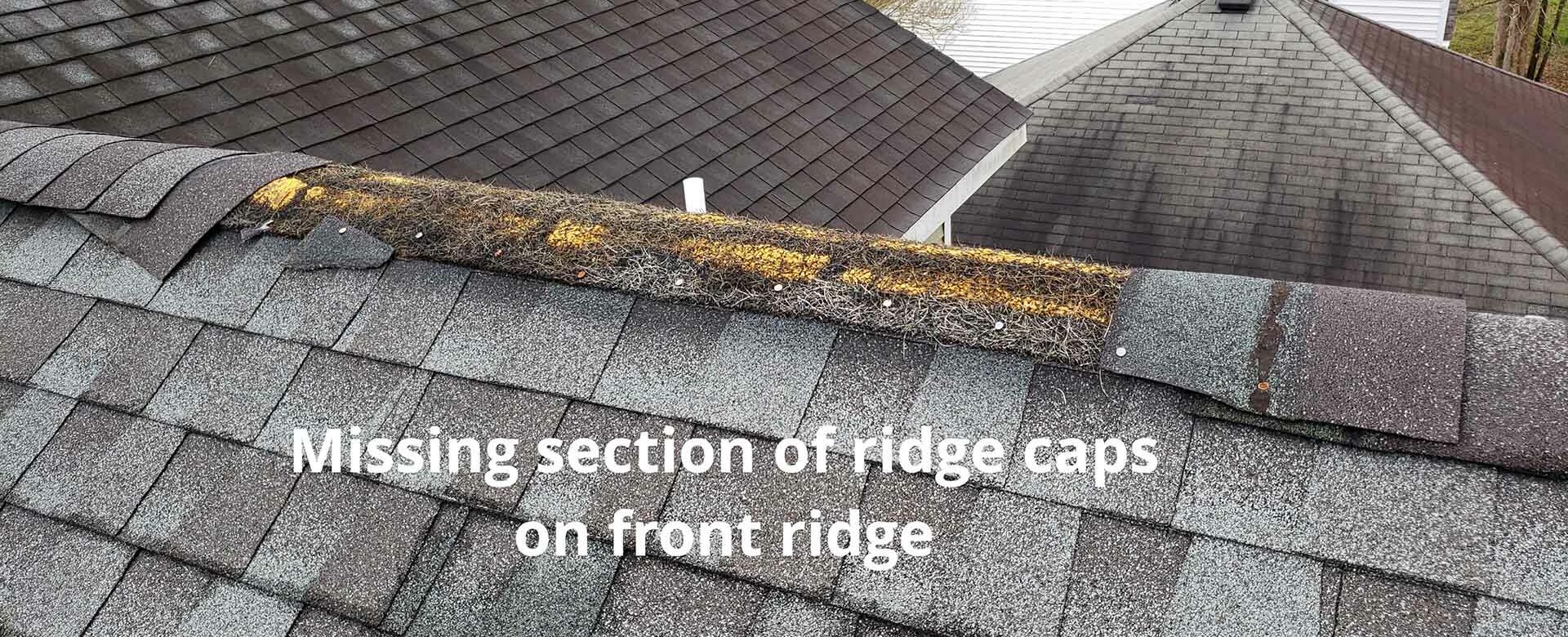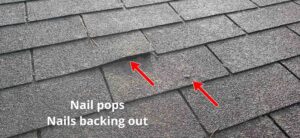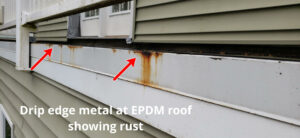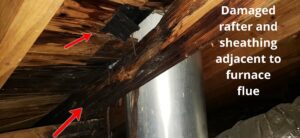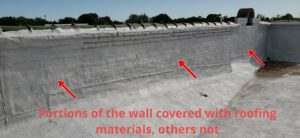They say an ounce of prevention is worth a pound of care, but that doesn’t just apply to your physical health. The same could be said for anything you maintain, including your house and its major systems such as your roof. While there’s no getting around the fact that a roof will eventually need to be replaced, there are many things that can happen over the course of a roof’s lifespan that should be serviced, repaired and maintained. This is especially true in areas prone to severe weather such as the Hampton Roads region.
But how do you know when you should call in a professional roofing contractor? Here are a few things to keep an eye out for to help extend the lifespan of your roof.
Curling, cracking or buckling shingles are a tell-tale sign that your roof needs some attention. You may also notice asphalt granules in your gutters, which have deteriorated from damaged shingles. This doesn’t mean you need an entirely new roofing system! While this type of roof symptom can sometimes be a sign that a roof has reached the end of its serviceable life, it can also be an isolated incident that simply needs to be repaired or patched.
While it may not necessitate a total replacement, shingles that are damaged or worn should be a high priority on your home to-do list. Just a few curling shingles can allow water to penetrate your roof causing leaks, mildew and other interior damage.
Speaking of interior damage, dark spots on your ceiling or walls also signal that it’s time to have a roofing professional come out and inspect. Even if you don’t see a hole or missing or damaged shingles from the outside, the leak may still be the result of a failure in your roofing system such as loose or missing flashing, backed up gutters or damage that simply isn’t visible from the ground.
Dark spots indicate that moisture has penetrated your roof, the sheathing, decking, and potentially attic flooring. These are serious signs that should be attended to as soon as possible by a professional to ensure additional damage does not occur and that harmful mold and mildew do not start to grow.
Moisture in your attic may also be a sign of problems with your roof as well as your insulation. If you find that the insulation, wood, flooring, ductwork or other items in your attic seem damp, it may be caused by a lack of proper ventilation and/or unsatisfactory insulation. But these issues, over time, can also affect the health of your roof by causing water damage to decking from the underside. An ideal attic temperature is close to that of the temperature outside. This prevents condensation, which is often the cause of interior moisture damage. A licensed professional contractor will need to address these issues if you find them.
Of course, sometimes all of these things indicate that a roof has simply reached the end of its lifespan and needs to be replaced. Most modern asphalt shingle roofs have a lifespan of 20-30 years. In the cities of Virginia Beach and Chesapeake and across the Tidewater region, many homes and large neighborhoods were constructed in the 1990’s, making them the age now to need total replacement.
A qualified roofing company can provide you with a roofing checkup to help you determine whether a repair or total roof replacement makes the most sense for your home and budget. At Andrews Roofing, we provide professional evaluations, customized quotes and affordable financing options as well. Whether you think your roof needs an ounce of prevention or a pound of care, we can help. Contact Andrews Roofing today.
